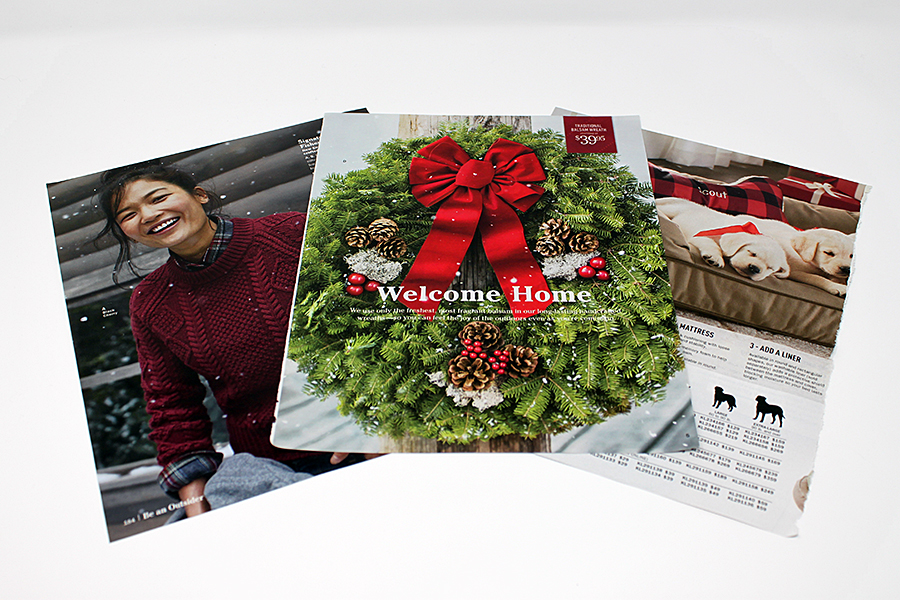This year I was faced with a little dilemma involving a big gift. Looking at this large present, I couldn't fathom wasting so much wrapping paper on such a large gift - not to mention how difficult it is to paper wrap cube-shaped packages! I tried searching the stores for a large "Santa Sack" but nothing was wide enough to fit this box. I could make my own "Santa Sack" to use for years to come, but my timetable did not allow for that kind of project this year.
Last night I had a sudden epiphany! I could use the Furoshiki style of fabric wrapping, but super-sized with a flannel sheet to fit this large box. The best part? This whole process probably took less than 2 minutes.
I watched this video for a quick tutorial and then applied the practice to my larger sheet.
Shown here is a twin flat sheet folded in half. The box is lined up so that the flat sides are facing the four corners of the sheet. Generally, Furoshiki is done with a square piece of fabric, but since my box is a little taller than a cube, it worked out that my sheet wasn't perfectly square.
Take one corner and pull it tightly over the top of the box.
Take the opposite corner and pull it tightly over the top of the box. Fold under the pointed tip to create a straight seam.
Take the remaining two corners and pull them tightly over the box. Tie them in the middle to secure your wrapping. You'll notice that some excess fabric will be sticking out at your edges. Simply tuck these in to create a smooth edge.
And that's it! The quickest wrapping job you'll ever do! No cutting, no tape, and no waste! You can dress up the package with a pine sprig or some reusable ribbon if you'd like, but other than that, you're done! You didn't waste money using half a roll of wrapping paper on one gift, and since you'll take your sheet back home after gift-giving, you've once again eliminated the burden on your recipient to dispose of the wrapping. You could also use a blanket for this wrapping method and let the recipient keep the blanket as a bonus gift!
Furoshiki is also great for small-scale presents. Try wrapping small gifts in scarves, fabric napkins, or fabric store remnants for an Eco-Friendly alternative to gift wrap. This link has a great diagram of different wrapping techniques, including a very chic-looking way to wrap bottles!



























